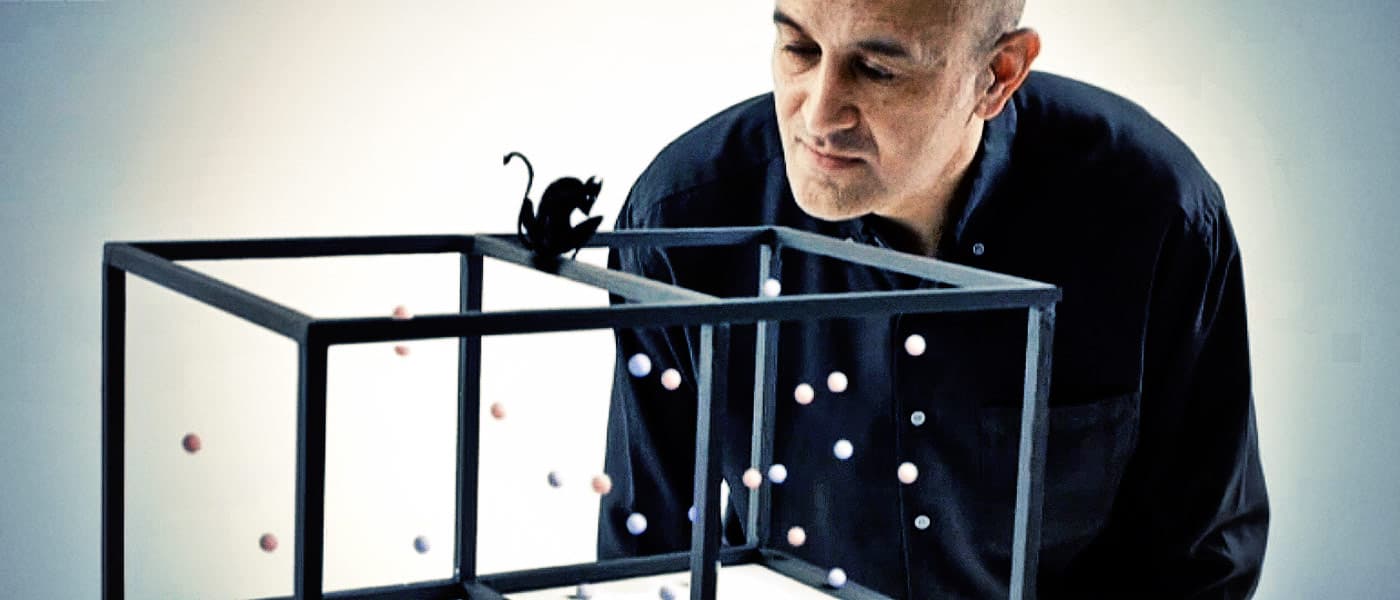Physicists from the University of Oxford published their study in a recent issue of Physical Review Letters stating that they believe they have found the first photonic implementation of Maxwell's demon.
The results of their study show measurement of energy derived from two light beams. The most interesting part of their study is that this extracted work can be harnessed to potentially charge a battery, thus proving that the "demon" exists.
What is Maxwell's demon?
Maxwell's demon was formulated by Scottish physicist James Clerk Maxwell in 1867. It is a thought experiment wherein he claims that the Second Law of Thermodynamics can be violated theoretically. It basically explains that there is an imaginative being (aka the demon) that controls a small door separating two chambers of gas. Since hotter gas moves faster, the demon would eventually let all the hot gas in one chamber. The other chamber would then hold only the cold gas.
The Second Law of Thermodynamics says the opposite would happen.
This law asserts that, if two bodies of temperature were placed in the same enclosure, they would evolve into a thermodynamic equilibrium wherein they would have the exact same temperature.
Scientists explained that this paradox can be resolved by pointing out that the demon does not directly do any work on the system. However, it still gains information from its measurements even if the system was in equilibrium at a single temperature.
There is a way to remove all the data from the demon's memory, but it takes a lot of work. Thus it is said that there is no gain in work.
Although Maxwell's demon has been studied and tested throughout history, there has only been a handful of experiments that really realize this theory.
You can learn more in the video below:
New study shows Maxwell's demon "exists"
"Our work shows how photonics can be used as a platform to investigate the relation between energy and information," coauthor Oscar Dahlsten, at the University of Oxford and the London Institute for Mathematical Sciences, told Phys.org.
In this new study, the physicists used two pulses of light instead of boxes of gas particles. The demon was simulated by using a combination of a photodetector and a feed-forward operation. The photodetector measures the number of protons from each pulse, whereas the feed-forward operation acts as the open door that allows brighter beams to go in one direction. The dimmer beams are shrugged off to the opposite direction. The different beams then fall on different photodiodes. This generates an electric current from opposite directions. The imbalance in the pulse energies allows the capacitor to receive electrical charges.
"Often we have more information available than thermodynamics supposes," Dahlsten said, explaining that things are normally not fully random and have a degree of predictability. "We can then use demon set-ups such as this one to extract work, making use of that information. Similarly, we can use extra information to reduce work costs of, for example, cooling systems. Personally I think that sort of technology will have a real impact on meeting the energy challenge facing the world."
The researchers had to make a new model for the subtleties of this new setup, simply because the traditional theoretical models do not show a clear path on how the information is gathered by measurement. This time, the new model shows how the work extraction to the information is gathered by measurement.
The team hopes that this new study will eventually give us a better understanding of how information and thermodynamics relate to each other. It could give us a chance to apply this theory in different applications that can benefit us. If we can harness energy from this, we can probably rule this as one of our alternate energy sources.
"We are already thinking of ways in which features such as entanglement can be introduced in future experiments based on this one, as our interests gravitate around quantum information," Dahlsten said.
Share This Article
